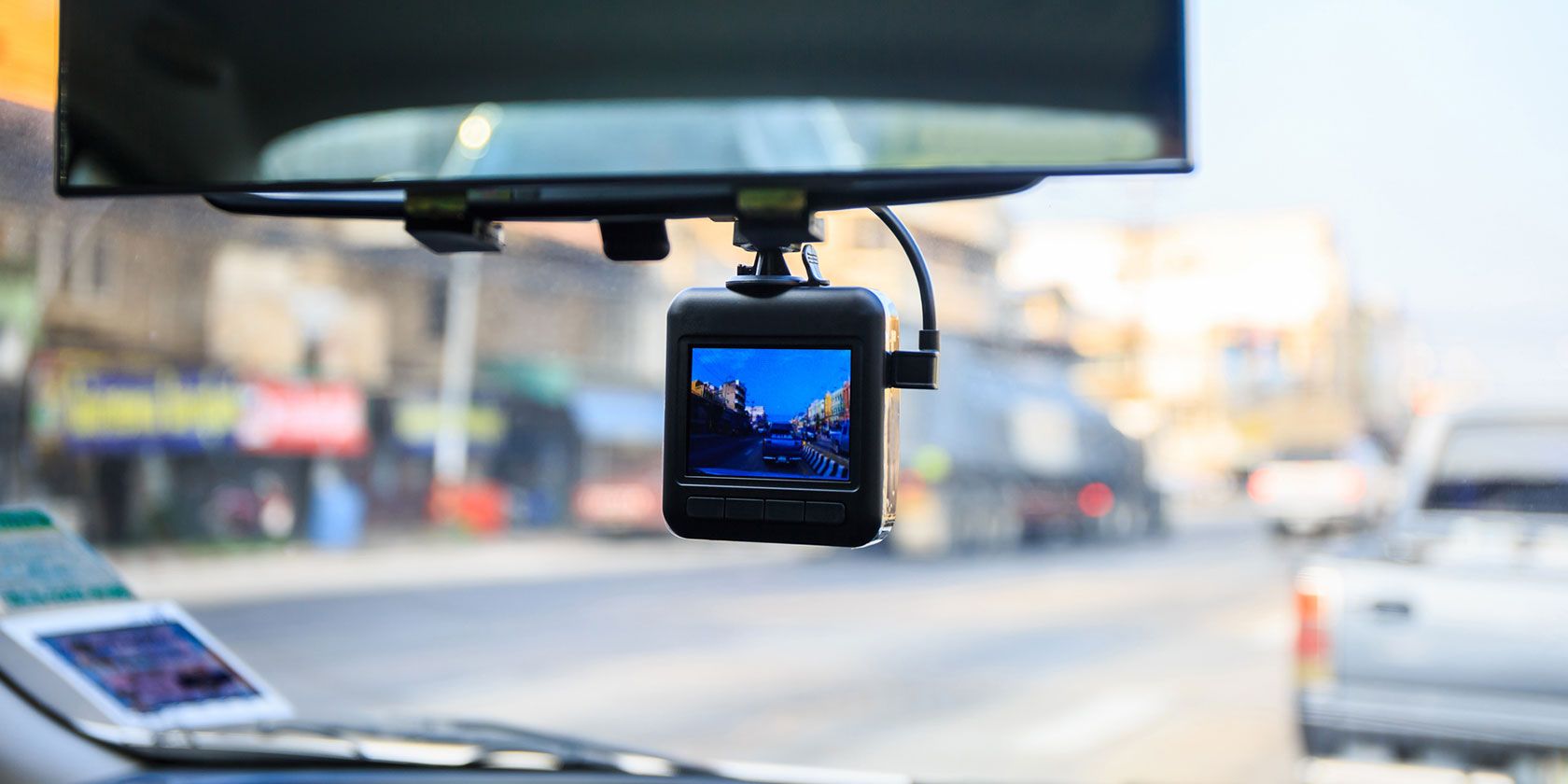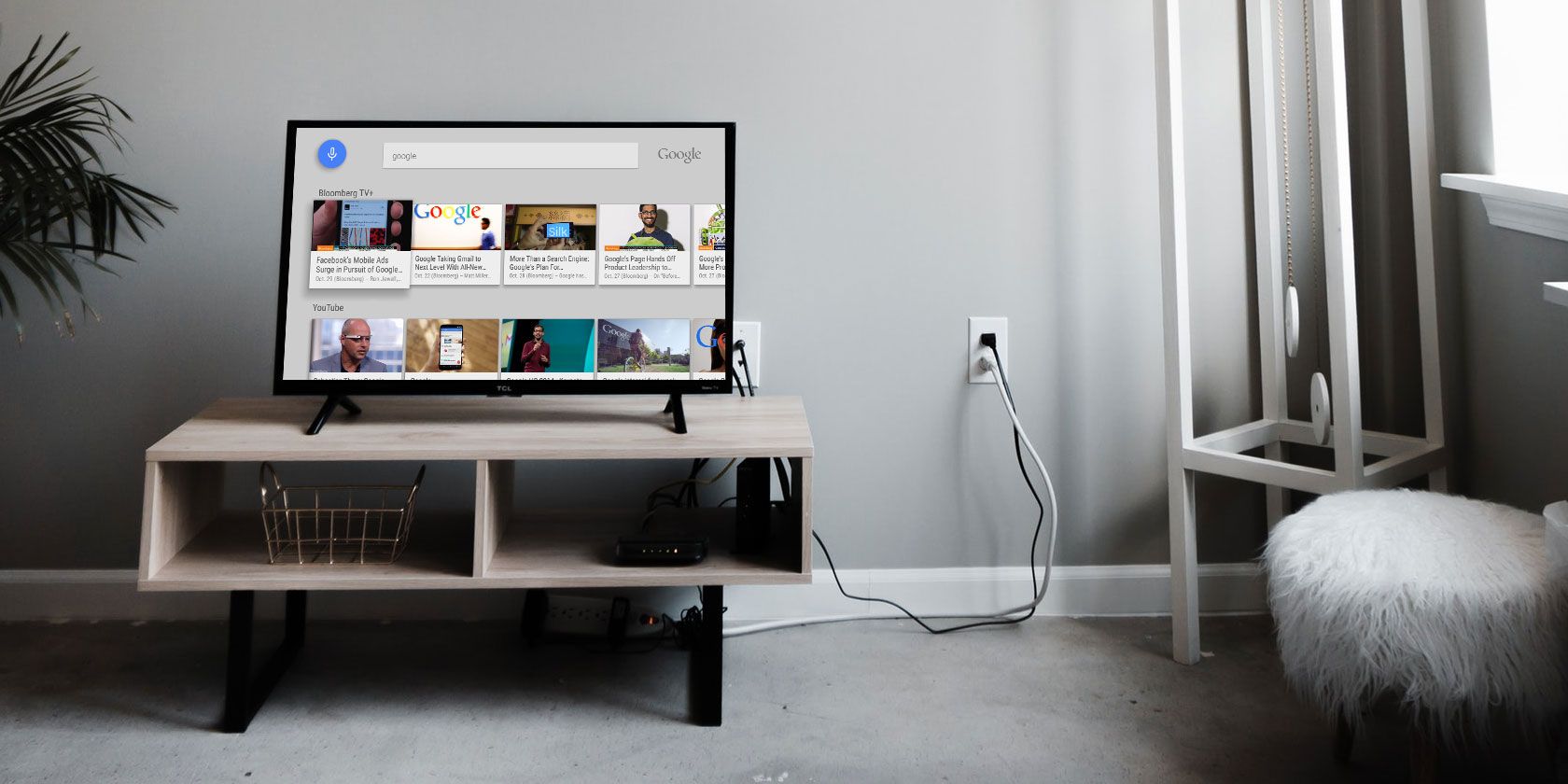
You’ve got a dashcam, and you’re ready to install it in your car. Perhaps you want to record journeys or capture some motorway idiocy. Or you might just need it to lower your car insurance premium, which is a totally valid reason to get one.
Whatever your reason for fitting a dashcam, you’re probably not getting the most out of it. Here are several tips that will ensure you have a reliable, correctly positioned dashcam that you can rely on for excellent footage.
1. Find the Best Position for Your Dashcam

This might seem totally obvious, but your idea of the best position might not actually be the best place to mount your dashcam.
Consider these factors:
- The size of the windscreen
- Whether you have a clear view with the dashcam mounted
- Power cable length
- Distance to power supply
- Dashcam lens angle (140 degrees and more is not uncommon)
As such, finding a good spot for your dashcam can be tricky. Often, the area behind the steering wheel in the corner of the window is a good spot. Positioning as close as possible to the rear-view mirror is also a good option.
Differences in automobile design, however, mean that there is no hard-and-fast rule. Take the time to find the best spot for your dashcam, one that captures as much of the road as possible.
Also, ensure that the suction cup can handle the weight of your dashcam. If not, find a new way of attaching the device, or look for a replacement. Falling dashcams are not safe!
2. Choose the Right SD Card
SD cards come in all shapes, sizes, and capacities. But is the one you’re planning to use suitable for your dashcam?
If you’re using a HD dashcam (and you should be) you’ll need an SD card at least 64GB in capacity. You should also pay attention to the card’s rating, however. Different SD cards are suitable for specific purposes.
For example, slower cards (class 4 or 6) are ideal for still images. Class 10 cards, however, are perfect for storing HD video. With superior error correction, this type of storage is ideal for regular recording and writing of HD video data when driving.
Our guide to choosing an SD card will help you here.
3. Configure the Settings Properly
Your dashcam is packed with features. But you probably can’t use them all at the same time.
Via the settings screen, you’ll be able to determine the type of video you want to record when driving. This will probably let you choose video resolution, as well as duration; the maximum is usually 10 seconds. Shorter videos will take up less space, but will they reveal enough information?
Time lapse is also an option, but you should ensure that videos can be overwritten. This usually means that important videos are retained in a dedicated folder, but standard, non-incident footage is routinely overwritten.
However, these aren’t the only settings you can configure. Relevant information can be input, such as the car registration, and date, for inclusion on videos. If available, GPS information might also be included, which usually means the speed is displayed on your dashcam footage.
4. Keep the Windshield Clean

This is one of those things that somehow passes many drivers by. While keeping the windshield clean is a basic of car maintenance—and so important that it is done mechanically—the positioning of the dashcam can change things considerably.
While you thought your windshield was clean, it turns out that where your dashcam is positioned isn’t so clean. Although the dashcam will be focused on the road, if the windshield is dirty, it could cause blurriness or obstructions in the actual recorded footage.
Sensible placement of the dashcam can help here, but it’s important to regularly clean your windshield. This might mean giving the car a full wash regularly or using the squeegees that are available at most gas stations while you fill up.
You should also stay aware of the condition of your wiper blades. Replace these as necessary to help keep the dashcam’s field of view clear.
5. Use the G-Sensor Feature to Auto-Save Incidents
Gyroscopic sensors enable incidents to be automatically recorded to memory, allowing you to save footage of accidents and other incidents—even when you forget to save it. Incidents are typically saved to their own directory on the SD card, ready for you to retrieve later.
Check if your dashcam has this feature, as most current models do. Switch it on when you find it.
6. Hardwire to the Car Battery for Power
You typically have three options for powering your dashcam:
- Cigar lighter socket
- Hard-wired to the car battery
- A portable USB battery
Of the three, you’re going to get the very best results using the car battery. Most dashcams can be hardwired to the battery. This is usually possible via the fuse box but will require expertise in automobile electronics for successful installation.
Use the cigar lighter socket if you cannot hardwire the dashcam. Parking mode won’t work, but it’s a good secondary option. A USB battery is a good alternative (especially if you can keep it charged).
Where possible, hardwire the dashcam to your car battery.
7. Regularly Check Your Recordings

It’s vital to regularly check your dashcam. Simply fitting it to a clean windscreen and using a fast, high-capacity SD card isn’t enough. You need to take the time to check the dashcam and view the card’s contents.
Why?
First, car battery issues can reset the dashcam setup. Additionally, you may find that the setup isn’t optimum for your SD card. Perhaps you prefer a time lapse recording rather than a 5-minute loop.
Second, and perhaps most importantly, you need to check the dashcam regularly to ensure it is recording.
Your card might fill up, for example, if you don’t have the dashcam configured to overwrite older data. Similarly, a lower-spec SD card might corrupt sooner, leaving your dashcam unable to record. While data can be recovered, corrupt SD cards need replacing.
Great Tips for Effective Dashcam Use: Recapped
By now, it should be clear that you can’t simply install a dashcam and hope for the best. It’s not a “fire and forget” device—you need to ensure positioning is optimum, you’re using the right SD card, and that you check it regularly.
To get the most out of your dashcam, remember to:
- Get the positioning right
- Use a suitable SD card
- Get the setup right
- Keep the windscreen and wipers dirt-free
- Enable the G-sensor to auto-record incidents
- Hardwire to the car battery for reliable power
- Check recordings to ensure everything is working
Considering a new dashcam? Let us help you choose the best dashcam for your car.
Image Credit: amnachphoto/Depositphotos
Read the full article: 7 Useful Dashcam Tips to Help You Use It to Its Fullest Potential
from MakeUseOf http://bit.ly/2QA9IY0
via IFTTT



0 comments:
Post a Comment